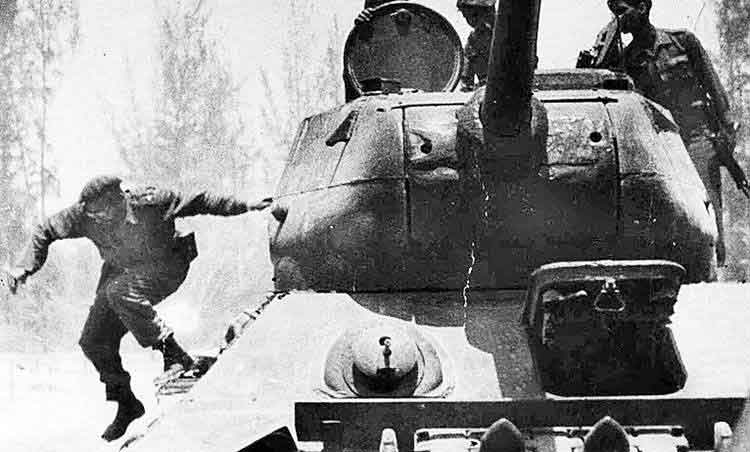The aggression confirmed to the world the intentions of the Government of the US, concerning the emerging Revolution that began on January 1, 1959, after the defeat of the dictatorial regime of Fulgencio Batista (1952-1959).
On April 17, 1961, about 1,500 men recruited, trained, and financed by the Central Intelligence Agency (CIA) landed in Cienaga de Zapata (Zapata Swamp), one of the most isolated regions in Cuba, as part of Operation Pluto, authorized the previous year by President Dwight D. Eisenhower.
A day before the aggression, during the funeral of the victims of the air raids, carried out at several Cuban airports, the historic leader of the Revolution, Fidel Castro, proclaimed the socialist character of the Revolution and called on the people to fight against the imminent armed attack.
The response from the people, organized in the National Revolutionary Militias, along with forces from the Rebel Army and the National Revolutionary Police, was immediate. In less than 72 hours, they defeated the invaders.
Due to the bloody fighting and air raids by US B-26 fighter jets against Cuba, more than 150 deaths and hundreds of wounded, including civilians and soldiers, were reported.
After that failure, US rulers designed new strategies to put an end to the Young Revolution.
On the eve of commemorating the 64th anniversary of the declaration of the socialist character of the Cuban Revolution, President Miguel Díaz-Canel wrote on Twitter: 90 miles away from that power, #Cuba is committing and will continue to commit, the sin of existing, “let no one doubt it, We continue here!
 Escambray ENGLISH EDITION
Escambray ENGLISH EDITION





Escambray reserves the right to publish comments.